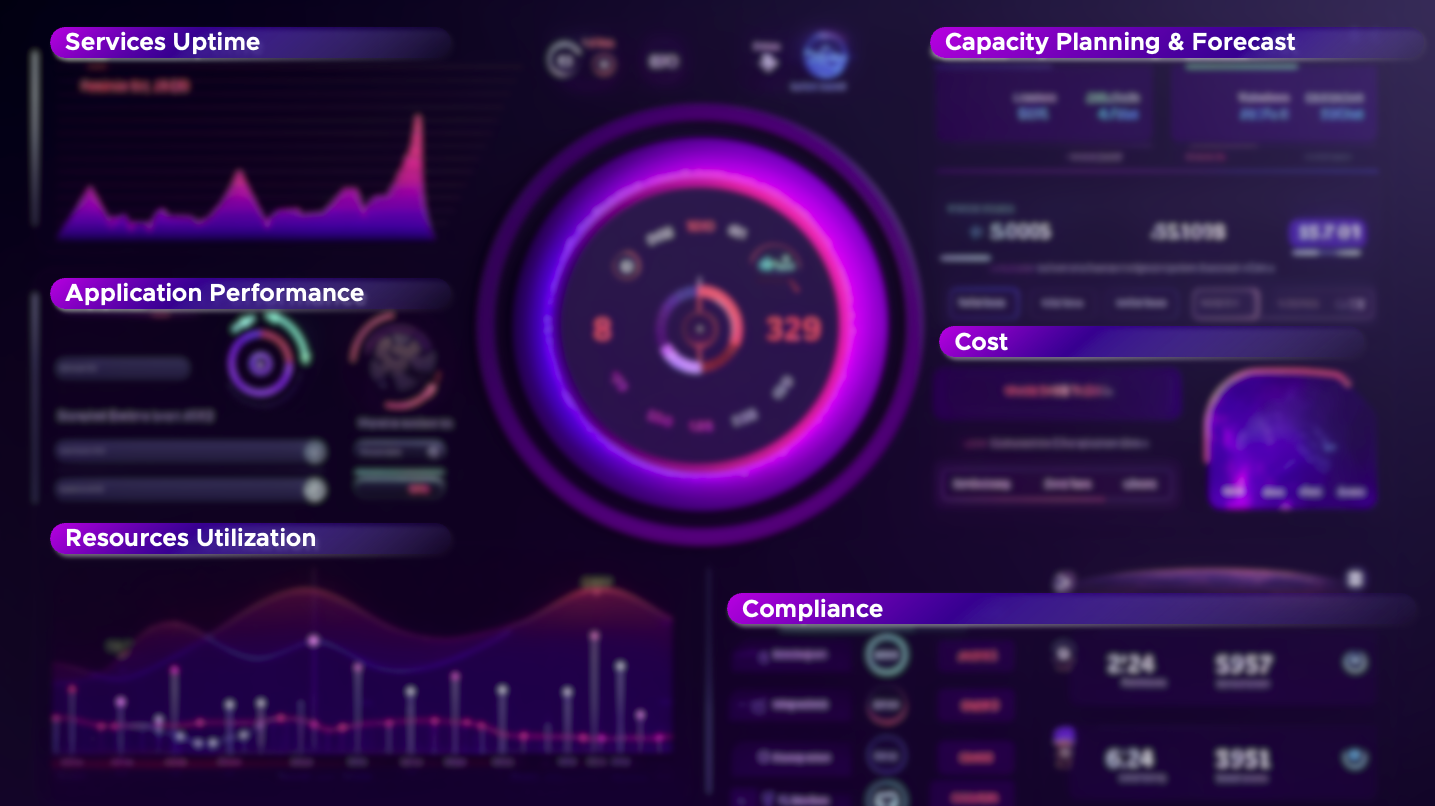It’s becoming very common to hear some arguing that operations is not as relevant as it used to be for the modern Chief Information Officer (CIO). This belief comes primarily from the evolving technology landscape and the shift towards strategic, customer-focused roles for CIOs. Yet, it’s crucial to remember that operations remain an essential part of any CIO’s portfolio. Arguably, the shift towards strategic roles makes operations even more critical than before, given the connected nature of strategy and operations. There are several compelling reasons why operations should still be a high priority for today’s CIO.
However, it is also important for CIOs to avoid getting into the very details of operations. Here are six crucial metrics that CIOs should focus on to maintain a healthy balance between operations and strategic activities.
1. Services Uptime Service uptime refers to the percentage of time an IT service is available and operational. High uptime is an indicator of a reliable and robust IT infrastructure. For a CIO, service uptime is crucial because any downtime can cause productivity losses, damage user experience, and ultimately impact the company’s revenue and reputation.
2. Application Performance Application performance relates to how efficiently and effectively a particular application operates, considering aspects like load time, responsiveness, and error rates. This is vital for CIOs because poor application performance can hamper employee productivity and lead to a subpar user experience. It also may indicate underlying issues with infrastructure or software that need attention.
3. Resource Utilization Resource utilization refers to the extent to which IT resources, like CPU, memory, and storage, are used. Tracking this can help optimize resource allocation, identify bottlenecks, and detect over- or under-provisioning. CIOs need to focus on resource utilization because inefficient use of resources can lead to unnecessary costs and affect service delivery and application performance.
4. Capacity Planning and Forecasting Capacity planning involves determining the IT infrastructure required to meet future business demands. Forecasting the future needs of the IT infrastructure helps avoid service degradation or outage due to capacity limitations. It is crucial for CIOs because it aids in strategic decision-making related to budgeting, IT expansion, and risk management.
5. Compliance Compliance refers to the extent to which the organization aligns with regulatory standards and industry best practices. Non-compliance can result in legal penalties, financial loss, and damage to reputation. Compliance is a key metric for CIOs because IT often involves data privacy, security protocols, and other areas of regulatory scrutiny.
6. Cost IT cost metrics, such as total cost of ownership (TCO) for different technologies, help measure the financial efficiency of IT operations. Managing these costs is critical for a CIO, as it directly impacts the company’s bottom line. It’s about understanding where the money is going and whether the investment is generating a positive return.
A CIO’s role in operations remains essential. By focusing on key metrics—service uptime, application performance, resource utilization, capacity planning, compliance, and cost —CIOs ensure operational efficiency and business continuity. As the role continues to evolve, striking a balance between strategic initiatives and core operations is crucial for organizational success. Therefore the importance of operations.

